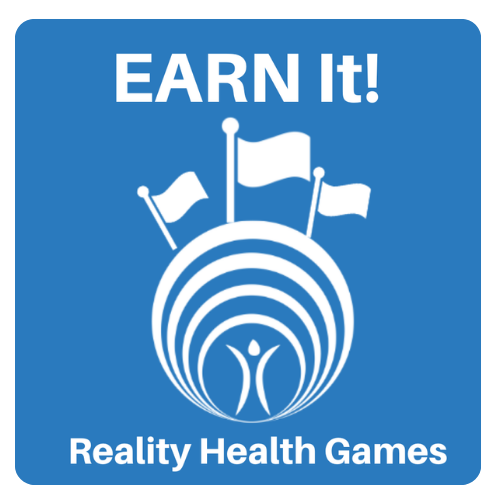
Medical Minutes with Dr. Rob: World Tuberculosis Day
Hello, I’m Dr. Rob Gillio, Chief Medical Officer at the Force for Health Network.
Today, we recognize World Tuberculosis Day, a day to raise awareness about one of the world’s oldest, deadliest, and still very present infectious diseases: tuberculosis, or TB.
As a pulmonologist, this is personal to me.
Years ago, I contracted latent TB after performing a bronchoscopy on a patient.
Like millions of others, my screening test turned positive, and I required preventive treatment.
I don’t have active disease, but I carry the history—just like millions of people worldwide.
The Global Reality of Tuberculosis
Tuberculosis remains a global health emergency.
📈 10.6 million people developed TB in 2022.
💀 Over 1.3 million people died from TB that same year.
🌍 TB is airborne and spreads through coughs, sneezes, and shared air.
😷 Anyone can get TB, but it’s more common in crowded, under-resourced, or poorly ventilated settings.
🧬 TB thrives in the upper lobes of the lungs—a warm, oxygen-rich environment.
What You Should Know About TB Screening and Prevention
Tuberculosis can be latent (inactive) or active (contagious and symptomatic).
Most people exposed develop latent TB and may never feel sick—but they still need monitoring or treatment to prevent progression.
🩻 Chest X-rays can show scarring or signs of active infection.
💉 The PPD skin test or a blood test (like Quantiferon) checks for TB exposure.
🦠 A sputum test called AFB stain can confirm active disease under the microscope.
💊 Treatment usually requires multiple antibiotics for 6 months or more.
🛑 If people stop treatment early, drug-resistant TB can develop.
Who’s Most at Risk for TB?
While TB is rare in many parts of the U.S.,
it still affects vulnerable groups:
👵 People with weakened immune systems, such as those with HIV or on chemotherapy
🧳 Travelers or immigrants from high-TB-burden countries
🏥 Healthcare workers or caregivers in close, prolonged contact with TB patients
🧒 Children under 5 living with someone who has TB
🛫 People who live or work in congregate settings like shelters or correctional facilities
How Can We Fight TB Globally and Locally?
There’s no perfect TB vaccine—
but we can stop TB with education, screening, and treatment adherence.
✅ Screen if you’ve been exposed, traveled internationally, or work in healthcare.
✅ Cover your cough with your elbow—not your hands.
✅ Complete your medications if diagnosed—stopping early creates resistant strains.
✅ Support global efforts like the WHO’s End TB Strategy.
✅ Advocate for public health funding, especially in vulnerable and underserved areas.
Final Thought
Tuberculosis is not just a disease of the past—
It’s a present-day, global health challenge that we must continue to face head-on.
Anyone can get TB.
I did.
But with early detection and proper care, we can prevent deaths and stop the spread.
This World Tuberculosis Day, let’s work together to remove stigma, promote screening, and strengthen global cooperation.
I’m Dr. Rob—
stay informed,
take action,
and be a Force for Health.
See you next time!
And then preventive measures to reduce TB deaths by 90% by 2030. It’s a, it’s a big goal. But I guess if in doubt, if you deal, especially in the public, if you’ve never been tested for tb, ask your doctor about it. You have a persistent cough that won’t get better despite normal antibiotics. It could be TB or other things. Ask your doctor to make sure they’re thinking about it. In some neighborhoods they don’t. But as we work sometimes with the refugee populations, we do international business travel and someone’s coming home on that plane from, uh, Geneva or Hawaii for a business meeting. It’s not necessarily a refugee. It could be a, an international traveler. Could be someone who’s working in a community of people, or some people have it. So, there you go. Medical minute. I hope these five facts about tb, TB are helpful. Um, bottom line, it can, anyone can get it, especially if you’re immune compromised and it’s spread through the air. Cover your cough. All right, Dr. Rob Medical minute. You might enjoy the 360 Anatomy discussion and dissection of TB.
It’s another badge. Go to 360 Human Explorer and Learn, Earn, and Share.
Take care.
Recommend0 recommendationsPublished in Dr. Rob Perspectives, Health Month Awareness Series, Medical Minutes with Dr. Rob







